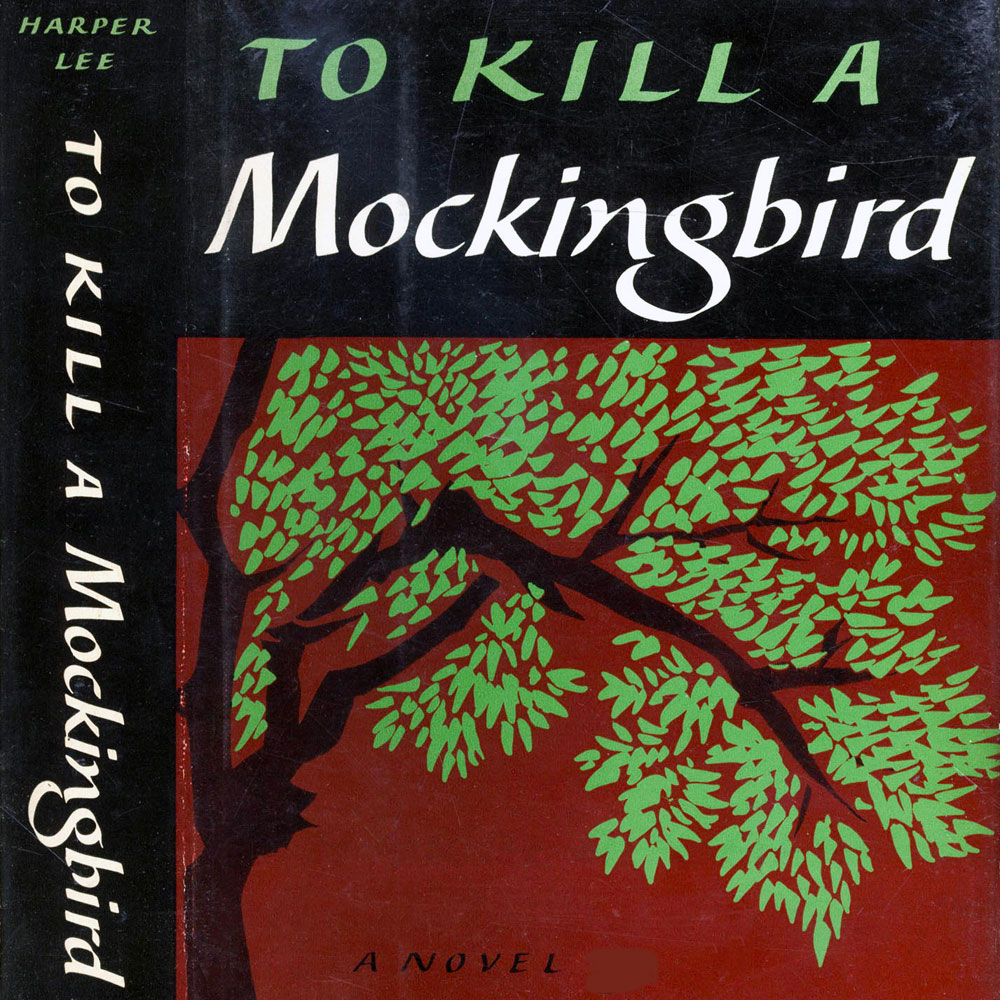
February 27, 2020; Washington Post
Some extra sound checks might have been necessary in Madison Square Garden last week in anticipation of the 18,000 New York City students who came together to watch a remount of the current Broadway production of To Kill A Mockingbird.
Sitting in the audience himself, Washington Post theater critic Peter Marks recalls with some surprise that the students “sat in attentive delegations on all levels of the Garden through the nearly three hours of the play.” Marks notes laughs and “supportive applause” in some points of the play and “gasps and rumbling murmurs” in others and gives special attention to one key moment when a “cacophonous response” hit a volume he had never heard previously in a theater. With introductions from New York City mayor Bill de Blasio and filmmaker Spike Lee, who, according to Marks, encouraged students to “please listen to the words,” everyone in this audience had to know that this would be a program like no other.
This is the first time in New York’s history that Madison Square Garden has been used in this way, and according to the New York Times, it happened because one of the play’s producers knows the chief executive of Madison Square Garden and he agreed to the plan for free. Along with just getting the space, however, there were many behind-the-scenes logistical challenges that then had to be ironed out with this “radically reimagined” production.
Some adult observers noted that the scale of the production allowed students to feel more at ease than they might have otherwise in a traditional theater. Jenna Weinberg, a theater teacher at a Brooklyn middle school told the Times, “There’s such an intense energy. It’s a room full of young people who don’t stop themselves from reacting out loud.” She added, “They’re not worried about what they’re supposed to act like in a theater.”
Sign up for our free newsletters
Subscribe to NPQ's newsletters to have our top stories delivered directly to your inbox.
By signing up, you agree to our privacy policy and terms of use, and to receive messages from NPQ and our partners.
So, without Spike Lee, Madison Square Garden, de Blasio, and actors Ed Harris and Lisa Gay Hamilton, how is it still possible for schools and organizations to ignite this same kind of spark in students when introducing them to theater? A few years ago, the Rockefeller Foundation, with a $1.46 million grant and in partnership with the Gilder Lehrman Institute of American History and the city’s department of education, was able to support 20,000 public school students to attend Hamilton. But such events are rare.
Marks concludes from his own experience seeing To Kill a Mockingbird in Madison Square Garden that “it was a demonstration of theater power.” He urges playwrights to “consider what you might create that could open the ears, all at once, of 18,000 teenagers.”
Certainly, developing a play that resonates with 18,000 teenagers would be a daunting challenge for anyone, but it is worth considering what a young person would do with this kind of opportunity.
Last spring the Urban Institute hosted “Cultivating Young Artists as Changemakers,” a program that featured the work of Albany Theater Project which creates transformative experiences that forge an inclusive community of youth artists, adult artists and audiences to envision and build a more just, equitable and joyful world. The program also included Young Playwrights’ Theater, a Washington, DC-based organization that adheres to the belief that creative expression and theater are valuable tools for the education, enrichment and self-actualization of young people.
Just as Harper Lee did 60 years ago, the young playwrights and artists at both of these organizations are exploring issues that come with growing up in a society where racism has a forceful presence. Marks’ statement that this production was one of “the most profound” experiences of his career is significant. If it also helps to highlight some new theatrical voices in the country, that would also be a valuable outcome.—Anne Eigeman













